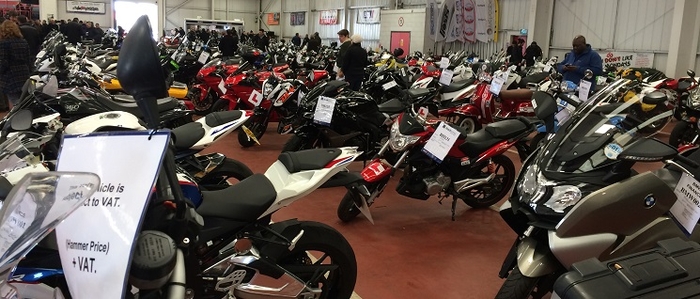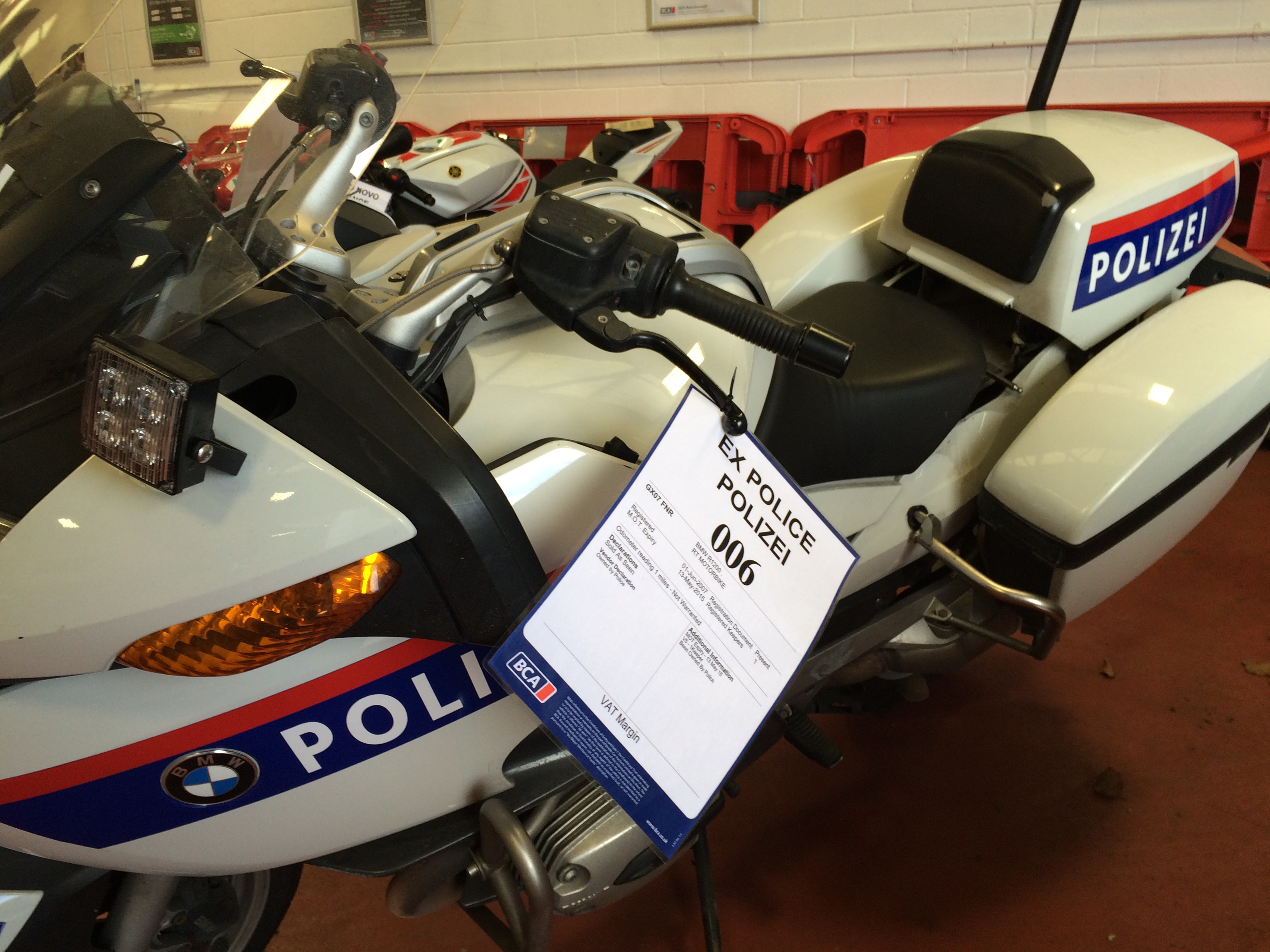How are Green Book prices derived?

Questions are often asked as to how we research the information we use to report motorcycle prices in Green Book. So to clarify here is a quick overview to information gathering and sources.
Dealer research is always a fun thing. We talk bike racing and bikes, we drink tea and we have a giggle about other lad type things. And of course not forgetting the thing that makes sitting in traffic worthwhile, talking bike prices. The conversations around dealer opinions and prices paid for any discussed model is a bit like life, it’s never black or white but has lots of grey bits in between. Finding out about the whys and wherefore of the grey bits is the secret to useful research. Conversations tend to not just be about questioning and pointing at a bike as asking “how much”. Ask ten dealers the same question and it is more than likely you will receive ten different answers. Even getting to basics by asking “what would it say on the cheque as a straight buy” will bring up several varied responses.
 A couple of points worth mentioning is why dealers have differing opinions and why it’s a necessity to look around the shops while researching. A dealer has an opinion of a price on a bike, but looking around the shop we see another four of the same thing and all have been in stock for six months with no lookers. The next dealer has the same model in stock but has sold two over the weekend and taken a grand out of each. Ok a bit of hyperbole but you get the idea, the opinions of the two dealers will be very different. Was the bike taken in part exchange against a square wheeler that needed to go, so over allowance to seal the deal can be a part in opinion? Does the dealer have the new franchise for the used bike being discussed? A customer approaching a dealer on a used machine must surely have more confidence in the knowledge, training and back-up gained from the sign over the door, worth a bit extra when buying used of the same brand? A BMW dealer has to put a £300 warranty on used bikes,which has to come from either the front or back end of the deal, so prices need to be adjusted accordingly.
A couple of points worth mentioning is why dealers have differing opinions and why it’s a necessity to look around the shops while researching. A dealer has an opinion of a price on a bike, but looking around the shop we see another four of the same thing and all have been in stock for six months with no lookers. The next dealer has the same model in stock but has sold two over the weekend and taken a grand out of each. Ok a bit of hyperbole but you get the idea, the opinions of the two dealers will be very different. Was the bike taken in part exchange against a square wheeler that needed to go, so over allowance to seal the deal can be a part in opinion? Does the dealer have the new franchise for the used bike being discussed? A customer approaching a dealer on a used machine must surely have more confidence in the knowledge, training and back-up gained from the sign over the door, worth a bit extra when buying used of the same brand? A BMW dealer has to put a £300 warranty on used bikes,which has to come from either the front or back end of the deal, so prices need to be adjusted accordingly.
So what else do we try to factor into the feedback we get from dealers? Getting a feel for the industry and its retail activity, the overall trends can be a good indicator as to what is going to happen in the near future. Remember at this moment we are making decisions for next month’s product and many factors can affect used prices. In the “solar powered” motorcycle industry even things like the weather can alter volumes and long term forecasts are looked at, particularly around the end and start of the selling season. Great information is gained from dealers as to what is changing in the retail buyers preferences, even a bad review of a model in the popular press can change the way a bike is perceived and if the end user puts their hand in their pockets. The amounts in the market of course changes as supply/demand alters. A push by a manufacturer with pre-registrations will possibly have a negative effect on nearly new prices that cascade through the model range to older examples. Dealer knowledge is much respected by us on this subject as they are usually in the know. It’s sometimes a rare thing to hear the same opinion, but all opinions are useful and taken into account.
Auctions are perhaps the way for us to get numerous buyers in one place and get the best chance of a “definitive” value. Results once analysed are sense checked with other sources during other research. The attendance at these auctions are something that can glean much information over just looking at the results. It could be a retail punter purchase and not relevant to compiling a trade guide. Questions on anomalies with the purchasing dealer can sometimes reveal other reasons for a lot realising a higher price than expected, “I’ve got a customer waiting for it” is a common reason.
Auctions can blow hot and cold in some sites, due to availability of stock/time of year, dealers at the start of the year are unlikely to dispose of quality retail units when there is a chance of a retail sale. But at a recent auction with the first Black Horse disposal of the year at BCA Peterborough saw the biggest sale in any auction for some time, 219 lots and 183 sold. Interestingly the Black Horse entries sold 127 from 133 and 3 of the not sold were quads. The trade have a little more confidence in bikes direct from user and these tend to realise more money than dealer entered bikes. Another reason to personally attend a sale. An example of how prices compare to Green Book reported prices are the aforementioned sale returned 97% of CAP mileage and condition adjusted overall, £88 per entry difference on average using March CAP figures. Big purchasing fees affect sold price for some, again something we take into account during analysis.
On-line retail sites are a good pointer when looking at sensible retail values but can be difficult to judge as the high/low retail prices vary massively. The 80% in the middle ground are the useful ones.
Quite recently manufacturer feedback is increasing as they are realising the future values of their ranges are looked at in a more positive light when used in our forecasting tool, which can alter the affordability of any new machine when using the recently, much favoured PCP.
So back to the question of where do we get our research from. The answer is:everywhere we can and it’s all useful, many have heard my quote “it’s not moaning or taken as criticism, it’s constructive and essential to helping us create an accurate product” so please keep it coming.
Alan Elsworth, Green Book Editor


